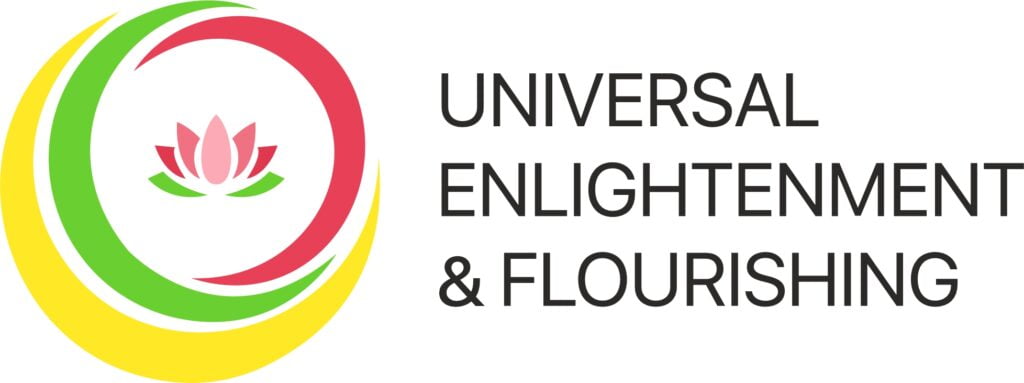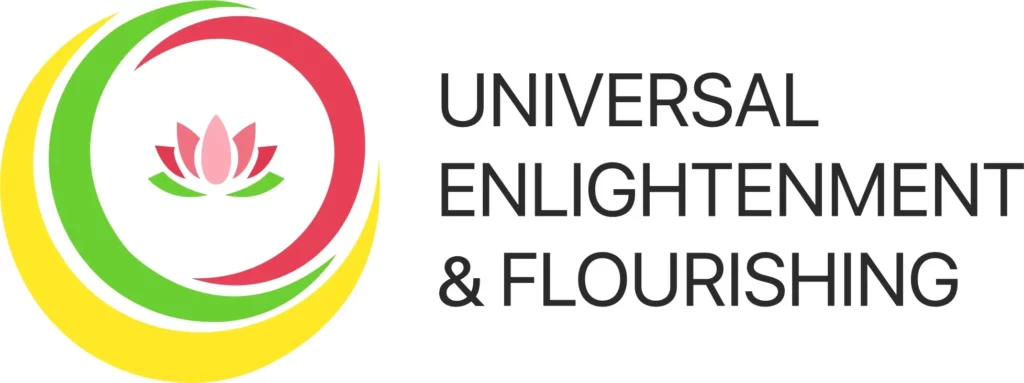
Just about all religious traditions believe in a model of humanity in which we all have two selves: a higher self and a lower self. A main goal of human life is to work toward transcending the lower self and abiding in the higher self. Ultimately, many religious traditions take this a step further and call upon us to strive toward transcending the illusion of selfhood entirely.
In many religions, the lower self often corresponds to the physical whereas the higher self corresponds to the non-physical. The Western religions speak of body and soul, while Eastern religions speak of different levels of consciousness. In both cases, physical bodily pleasures are thought to be a distraction from the more important work of elevating the spiritual qualities associated with the higher self. Simply put, feeding the lower self (with things like physical pleasure) keeps us stuck identifying with the lower self, while feeding the higher self (with contemplative practices like prayer and meditation) helps us transcend the lower self. Doing so helps us to live morally, but also allows us to achieve salvation–whether that means reaching heaven in the Western model or attaining enlightenment and release from the cycle of birth and death in the Eastern model.
Christianity
“It is sown a natural body; it is raised a spiritual body. If there is a natural body, there is also a spiritual body.”
–The New Testament (1 Corinthians 15:44), Christian scripture
Judaism
“Know that a person consists of a body and a soul, and both need sustenance.”
–Rabbi Israel Baal Shem Tov, founder of Hasidic Judaism
“Everyone has a light burning for him in the world above, and everyone’s light is unique. When two friends meet, their lights above are united, and out of that union of two lights an angel is born.”
—Tree of Souls: The Mythology of Judaism, collection of Jewish writings
Taoism
“Therefore, in all learning, the training of body and mind are equally important. If the mind is still but the body is not responsive, no intention can be communicated to the body. If the body is responsive and the mind is confused, the actions will come out confused.”
—Lieh-tzu, Taoist text
Baha’i
“In man there are two natures; his spiritual or higher nature and his material or lower nature. In one he approaches God, in the other he lives for the world alone. Signs of both these natures are to be found in men.”
—‘Abdu’l-Bahá, Baha’i leader
Hinduism
“Creation is ruled by the law of duality. For every up there is a down; for every plus there is a minus. Every pleasure is balanced by an equal displeasure; every joy, by an equal sorrow.”
—Paramhansa Yogananda, Hindu monk and guru
Islam
“O you mankind, be pious to your Lord, Who created you of one self, and created from it its spouse, and from the two disseminated many men and women.”
– The Qur’an (4:1), Islamic scripture
Modern Science
“The two halves of my brain don’t just perceive and think in different ways at a neurological level, but they demonstrate very different values based upon the types of information they perceive, and thus exhibit very different personalities.”
—Jill Bolte Taylor, Harvard neuroscientist


